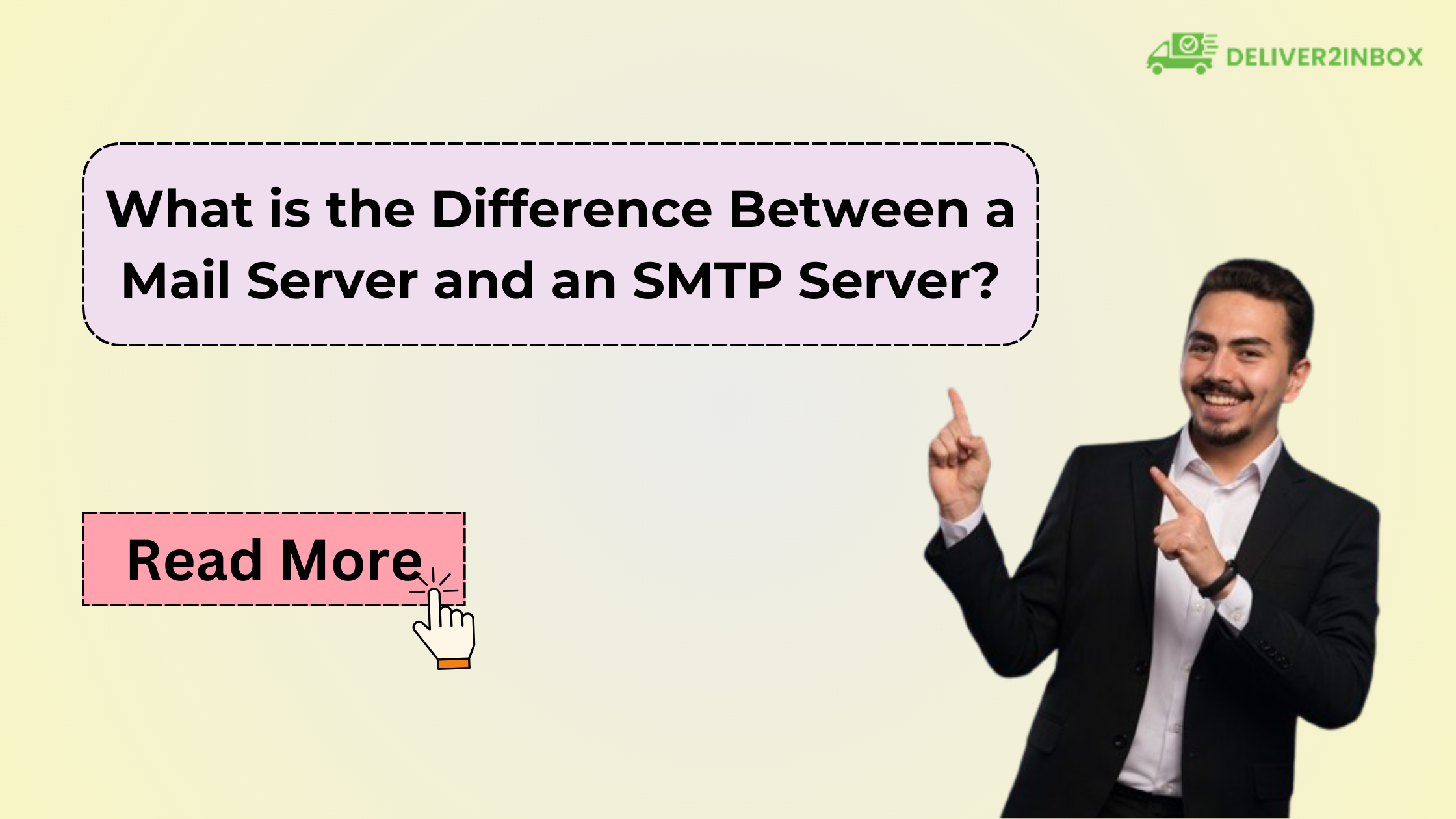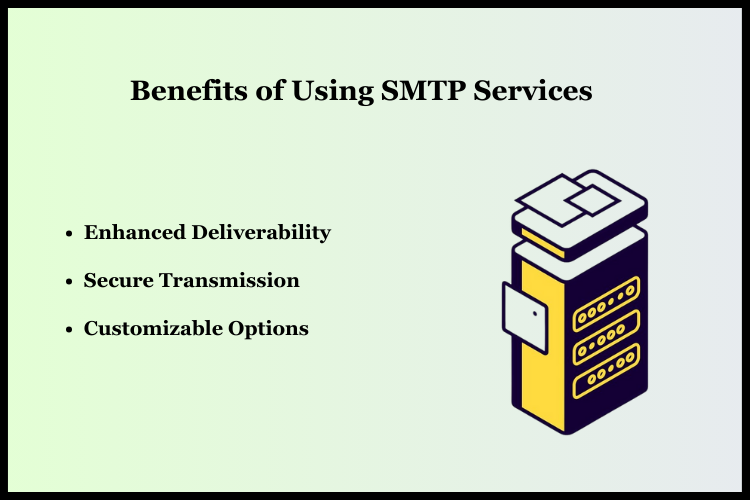What is the Differen...
What is the Difference Between a Mail Server and an SMTP Server?

What is the Difference Between a Mail Server and an SMTP Server?
Summary

Article Name
What is the Difference Between a Mail Server and an SMTP Server?
Description
In this article, we will dive deep into the distinctions between these two types of servers and how they interact within an email system.
Author
Dikshita
Publisher Name
Deliver2inbox
Publisher Logo

By Dikshita Kolekar on 2 May 2024 0 Categories / Bulk email Tags: bulk email, Bulk Email Marketing, Dedicated SMTP Server, email deliverability, email marketing, email service providers, SMTP server
Post Your Comment

